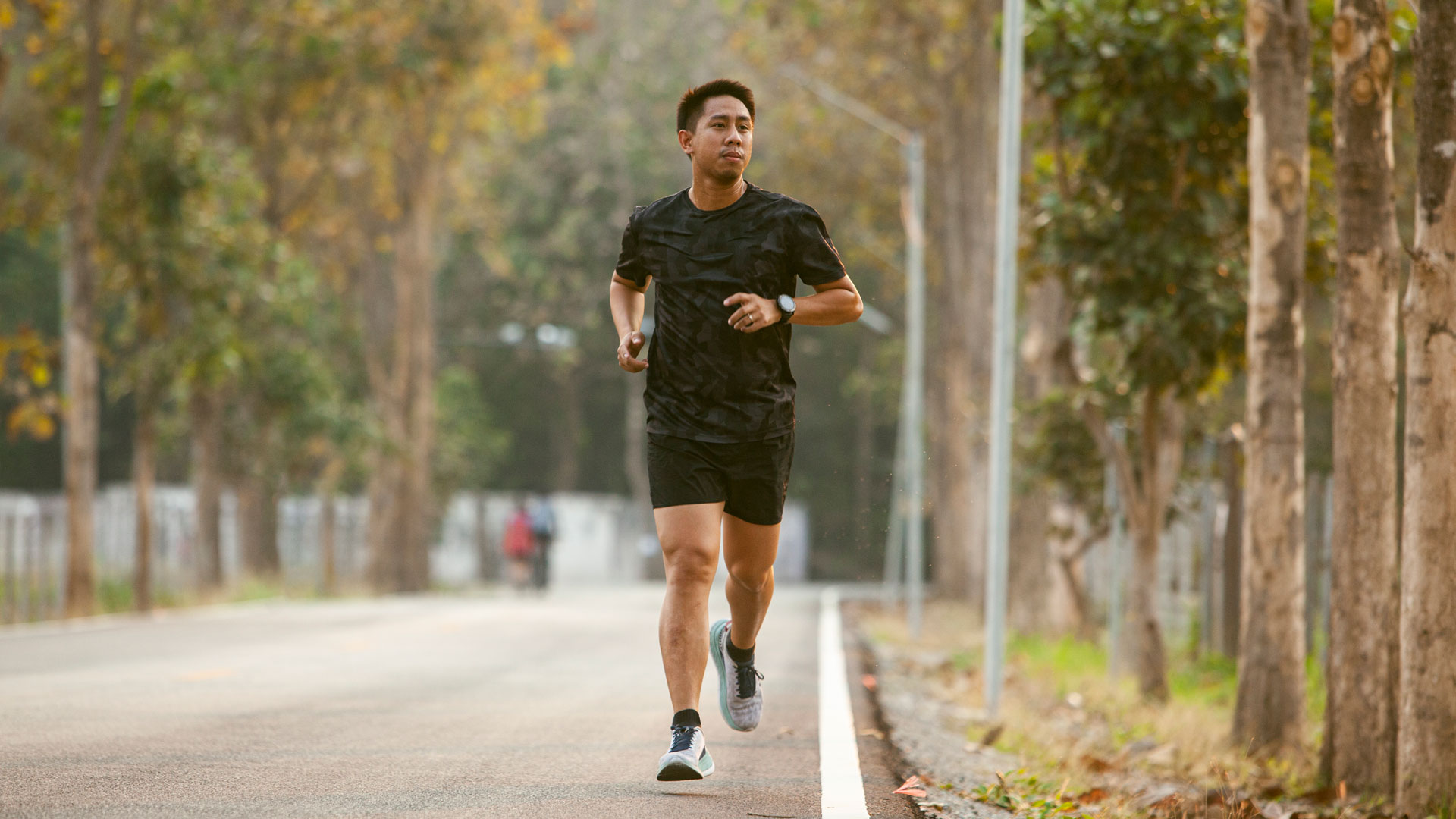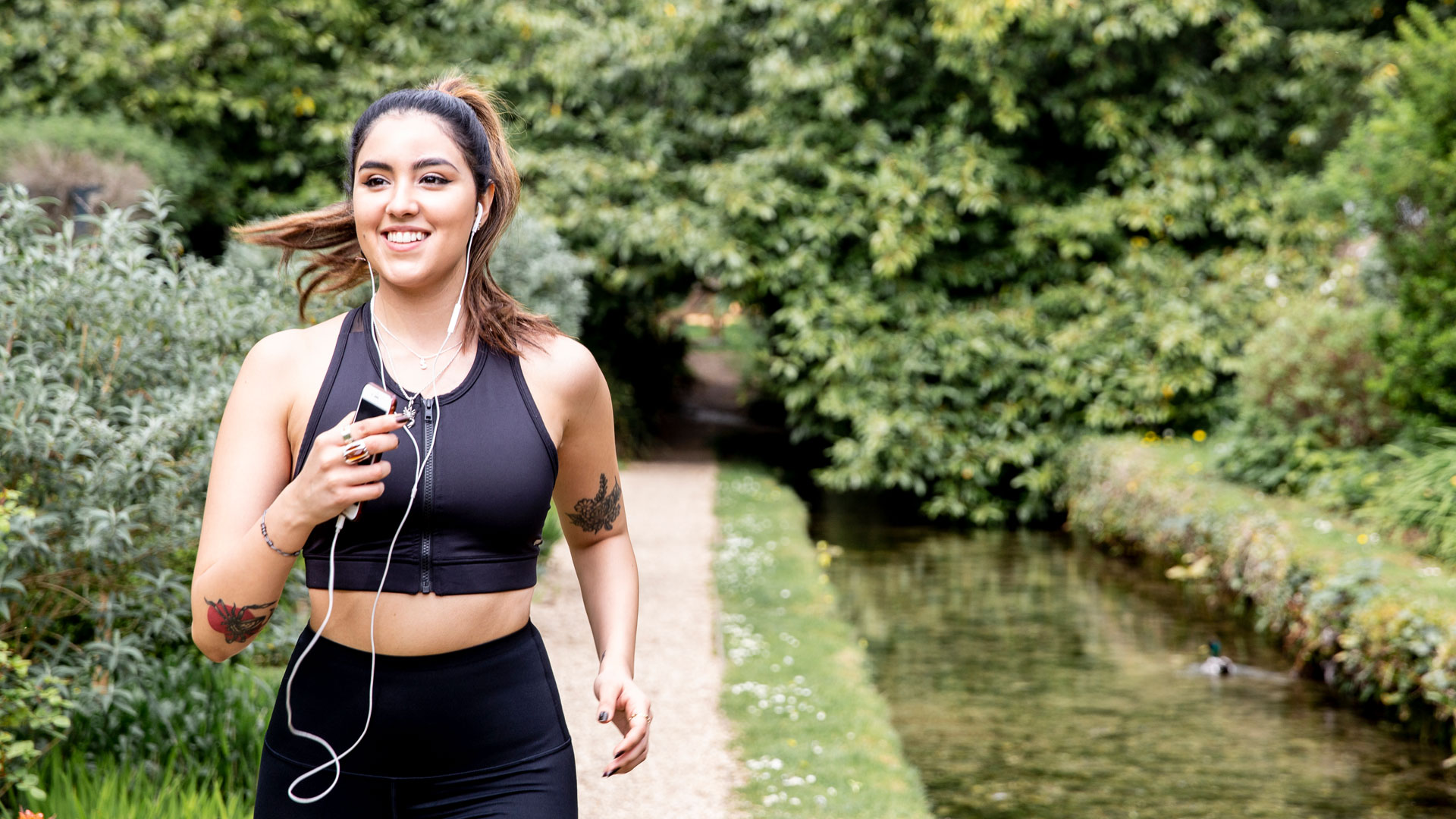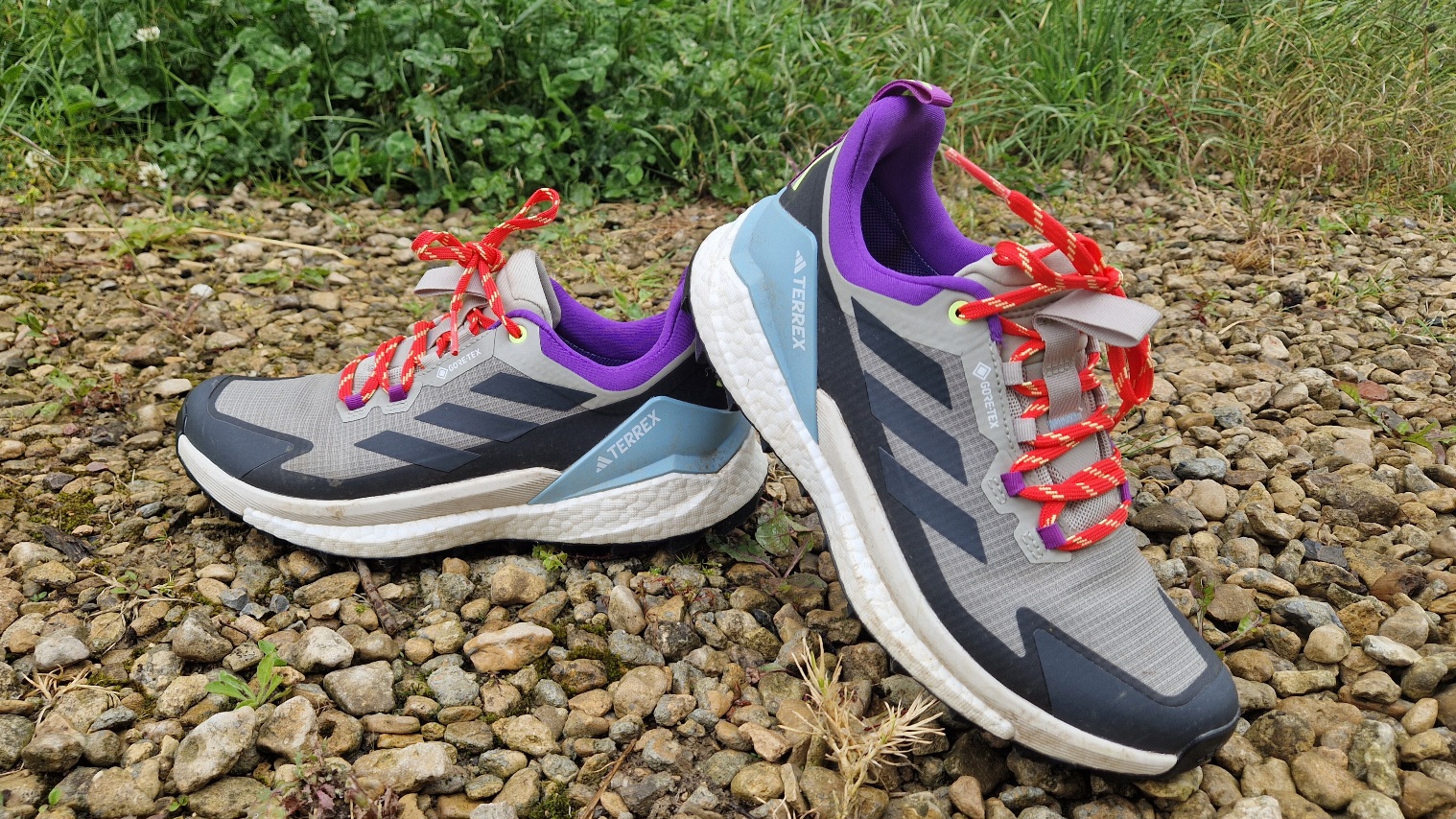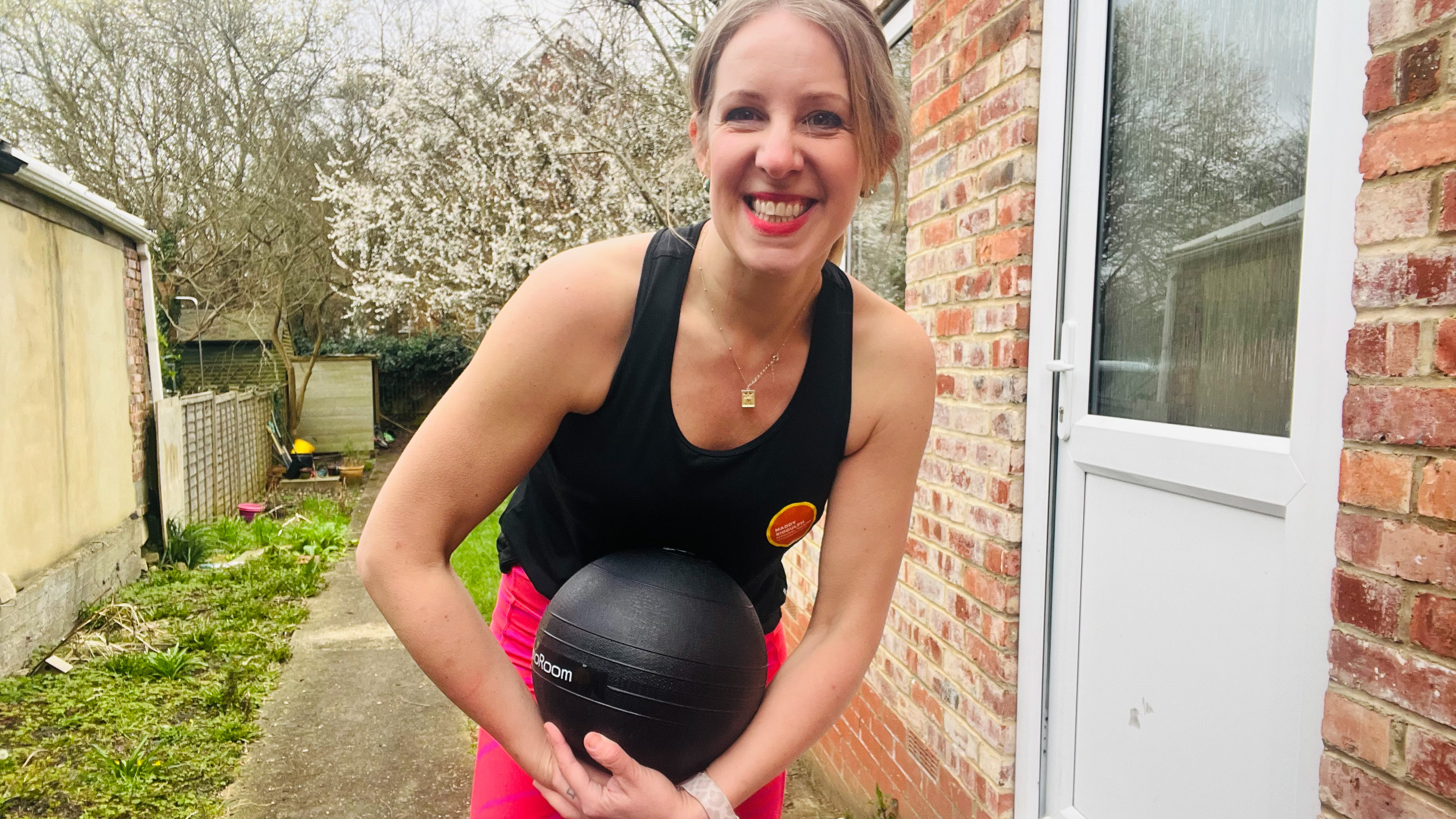Can running give you abs?
Can running give you abs? We spoke to a personal trainer to find out


Running offers a wide range of benefits as an exercise but can running give you abs? When you run regularly it can help you burn calories, and strengthen your legs and glutes but if you are looking for a six-pack, running alone probably won’t do the job.
That’s not to say that hitting the road with the best running shoes for women won’t help you get abs at all. The Centers for Disease Control and Prevention (CDC) states that running (or doing another aerobic exercise) as part of your daily routine can help build stronger bones and muscles while managing your weight and improving sleep. Getting a strong core is a multifaceted process and no single exercise alone will get results.
With all this in mind, we spoke to a personal trainer to find out how running changes your body, whether running can give you abs, and the role of running in developing core strength.
How does running change your body?
Emma Jane Taylor, a personal trainer with over 25 years of experience, who runs over 100km a month says, “Running changes your body by burning body fat, building muscles, and improving your mental and emotional health. Being mentally and emotionally fit is a great alignment to physical fitness by facilitating the journey. Physically, and whichever way you choose to run, be it slow, intermittent sprint, fartlek training, or just generally a speedy run, it will challenge your body and everything has to adapt - from your muscles to your heart.”
“As an experienced runner and personal development trainer, I now see that changes and visual appearances do change in as little as four to six weeks, but like anything in life, evolution and adaptations can only really happen with more work. In this instance, your body will significantly change when you have a healthy, nutritious diet, and rest to support your fitness regime.”
Running works your legs, quads, hamstrings, and calves, as well as your hips and glutes. Your inner thighs, abs, and shoulders all play a part but the large muscles of your hips and legs do most of the work. Running is also a high-intensity workout and burns a lot of calories, which is great news if you are trying to lose weight.
As well as the body benefits, running is also an excellent mood booster. A study found those who ran regularly were able to sleep better, and had improved mood, and concentration during the day. Researchers concluded that to see these benefits you needed to run at a moderate pace for 30 minutes a day, five days a week for three weeks.
Get the Fit&Well Newsletter
Start your week with achievable workout ideas, health tips and wellbeing advice in your inbox.

Can running give you abs?
Taylor says, “Running is a great way to engage and strengthen the core, given that the core area stabilizes our bodies as we run, but the reality of how much of your abs you will see after running regularly for a month will be down to how much you work at balancing your nutrition and how much core strength work you support your running with.”
A large body of research supports core training for a variety of improved outcomes across different populations. Research found that an eight-week core training program improved static balance, core endurance, and running economy (how runners utilize energy) in college running athletes. Another study on core training and lower back pain found that all core routines studied improved lower back pain. Yet, routines that targeted the deeper core muscles had the greatest positive effects on lower back pain.
Studies consistently show that running is not only effective for burning calories but is also helpful for reducing body fat. While having less body fat doesn't directly impact your abdominal muscles, it can help you to achieve better definition through your waist.
Taylor explains, “There is little point in burning 500 calories running if you don't understand how your energy balance works or engage in regular strengthening exercises for your core. Yes, running burns body fat, and as the body changes, you will start to unearth muscles and a physique you didn’t know you had, but if you are not supporting this with a good healthy diet, rest, and adequate hydration then your body just won’t adapt and change or bring you the abs you want.”

How can you run to improve core strength?
Taylor encourages you to mix up your running practice in order to see a difference in your core strength. “Research has often shown that sprinting brings about the most significant adaptation to your core strength. Challenging our bodies consistently brings development, as you change the dynamic of speed, time, and distance you run, your core stabilizers will have to work harder to support the change.”
Studies have shown that speed intervals are effective for reducing abdominal fat. Try to add a few sprint sessions into your weekly running program. Either do structured intervals (sprints of 200, 400, or 600 meters) or try unstructured bursts of speed (called fartleks) to help burn calories.
Taylor explains that changing your distance and speed will help with the post-exercise calorie burn too, “With the various changes in speed, time and distance, your body will continue to burn fat long after you have finished sprinting. Sprinting also increases metabolic rate, scientifically known as EPOC – post-exercise oxygen consumption (also known as afterburn) and with this, our bodies continue to burn calories for a period of time after a run – some studies say this phenomenon could last up to 72 hours.”
For more running content, find out; does running build leg muscle? Or see what comes out on top in walking vs running: which is better for weight loss?
Catherine is a freelance journalist writing across titles such as Verywell Health, Healthline, The Daily Telegraph, Refinery29, Elle, and Vogue. She specializes in content covering health, fitness, wellness, and culture. A once reluctant runner, Catherine has competed in 30 running events in the past five years and looks forward to one day running the London Marathon.
-
 This might be your last chance to get my favourite waterproof walking shoe, and it's 25% off
This might be your last chance to get my favourite waterproof walking shoe, and it's 25% offDeal These Adidas Gore-Tex shoes are the most watertight I've tested
By Lou Mudge
-
 I tried wall balls for 30 days and the results surprised me
I tried wall balls for 30 days and the results surprised meTry this fitness challenge to boost total body strength
By Maddy Biddulph